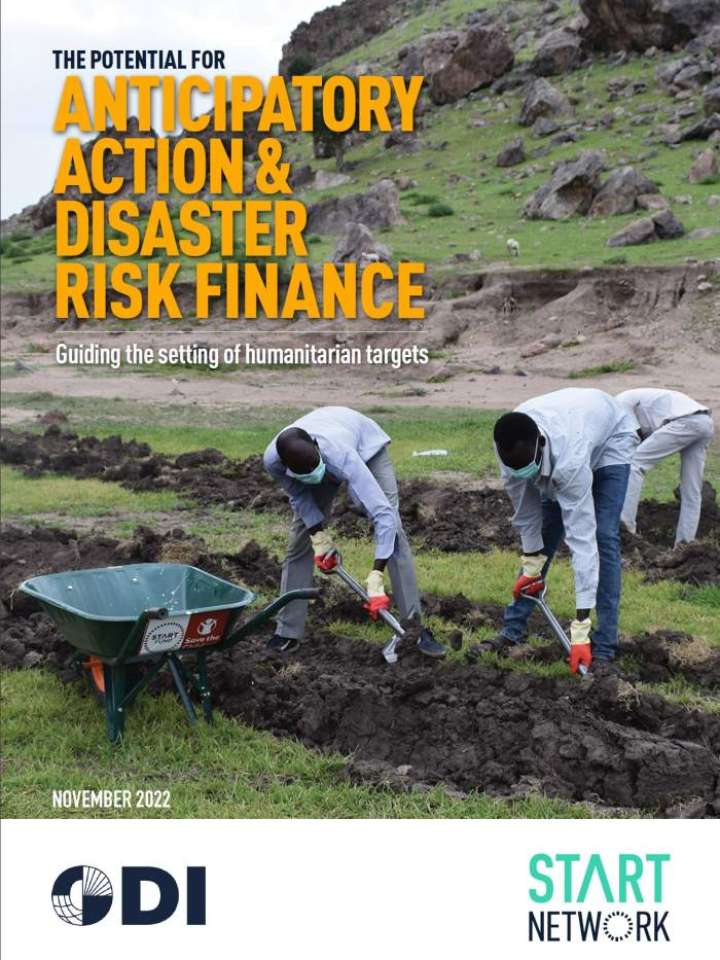The potential for anticipatory action and disaster risk finance: Guiding the setting of humanitarian targets
This paper intends to provide a clearer framework for understanding what can be anticipated, and to what degree. The analysis in this report shows that there are significant avenues within the humanitarian caseload to take advantage of the existing operational risk information systems as well as the wider potential for crisis risks not yet served by current operational systems.
There is growing interest in proactive, risk-informed humanitarian action to provide more timely, efficient and dignified assistance to communities at risk of crises. Calls to scale up such approaches have emphasised the inadequacy of the current levels of funding for anticipatory action and pre-arranged crisis finance and the importance of setting targets against which to measure progress. Yet, there remains significant variation amongst such targets, and in terms of what constitutes a realistic ambition. It is necessary to reassess within the crises that receive international assistance, what opportunities are available to put in place plans, financing, and where possible implement mitigation actions ahead of the events themselves. The challenge for the humanitarian community is to harness existing science and technology to predict and prepare ahead of escalating crisis risks, whilst also retaining the capacities to respond to highly complex, interconnected and/or unprecedented events.
Explore further
